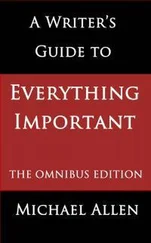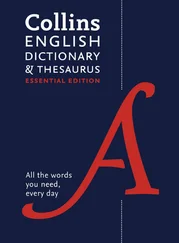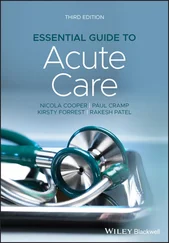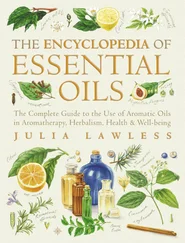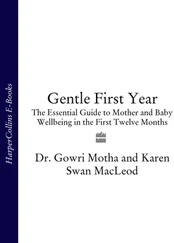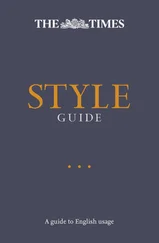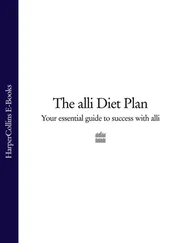The International Wine & Food Society
Established in London in 1933 by renowned wine connoisseur and gourmet, André Simon, The International Wine & Food Society (IWFS) now has 139 branches in 31 countries, from Los Angeles to London, Bangkok to Bombay, with over 6,000 members spanning the globe.
Society members meet regularly to share their passion for good food and wine. As a member of a branch you are part of a team and the events organised are many and varied. You can push the boundaries trying new experiences, whether they are tastings hosted by experts, lunch at a local culinary school or dinner at an exciting new restaurant.
But it doesn’t stop there. As part of this international organisation there are also many other opportunities. As well as local activities, the Society organises wine and gastronomic tours, publishes an annual vintage guide, monographs and quarterly newsletters, regionally and internationally, as well as many other dining and travel related benefits. You are also provided with the name of a member from every one of our worldwide branches, so you have a contact almost everywhere you travel.
The Society operates in three zones – the Americas, Europe Africa and Asia Pacific. Visit our vibrant website and click on “your” zone. Locate a branch near you, look at upcoming events, view previous newsletters or visit our Blog to find out more. You could also become an independent member, or even set up a branch of your own. We’ll help you along the way.
As a member of the IWFS the world of food and wine is within easy reach. Join us and embrace it…
To find out more about becoming a member, visit our website www.iwfs.org or call our international head office on +44 (0)20 7827 5732
The Essential Guide to
ENGLISH WINE
Susie Barrie MW
and
Peter Richards MW
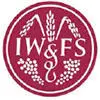 International Wine & Food Society
International Wine & Food Society
Introduction
“England today fully deserves its place at wine’s top table…”
The emergence of a credible new force in the world of wine is a momentous occurrence. It adds something new and exciting to what is already a fascinating global scene. England today fully deserves its place at wine’s top table. This book explains why.
This is not a long, dense tome. We wanted to make a virtue of focus, concision – and portability. This is partly why Wales, maker of some very fine wines, is not included. Nor do we make any claim to this being a definitive overview. These are our insights, inevitably personal but well researched and rigorously debated, following years of study, enquiry, visiting, interviewing – and of course tasting. English wine makes for a formidably enjoyable and rewarding subject, one we highly recommend.
What you have in your hands is a snapshot of a fast-moving young industry at a time of considerable uncertainty about the future. As a result, we have tried to retain a sense of the broader perspective as well as the fine detail. Our aim is to pique your curiosity, bring key information to your attention and invite you to explore. Above all we encourage you, as the late Geoff Bowen of Pebblebed Vineyards put it, “To drink the view”. It is a most magnificent vista.
1. Setting the scene
“Now this is not the end. It is not even the beginning of the end. But it is, perhaps, the end of the beginning”
Sir Winston Churchill
History
The vine has a long if patchy history in England. Archaeological evidence suggests winemaking vines have been in this area since prehistoric times. Much has been made of Roman winemaking yet the evidence to date is largely inconclusive – Tacitus famously dismissed Britain’s climate at the time of the Roman conquest as, “objectionable, with its frequent rains and mists” and not suitable for the vine. Imports may simply have proven easier.
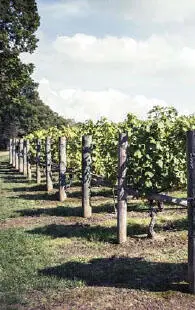
Vines at Nyetimber
While Bede stated in AD 731 that “vines are cultivated in various localities”, it seems to be the Normans who really got the English wine show on the road. The Bayeux Tapestry includes scenes of wine barrels being loaded onto ships (“ cum vino et armis ”). Sure enough, the subsequent Domesday surveys of the late 11th century reveal widespread vine growing. This timing also coincides with the Medieval Warm Period in Northern Europe from the 10th to the 13th centuries.
“ In 1988 the Mosses at Nyetimber bravely planted champagne varieties to make traditional method sparkling wine ”
Such a confluence of enthusiastic growers and a warming climate wasn’t to re-occur until recent times. For centuries, English wine seems to have been a sporadic affair, championed by rare enthusiasts with limited success. What’s known as English wine’s “modern” era began after World War II, when Raymond Barrington Brock’s eager experiments in vine growing at Oxted (Surrey) paved the way for commercial wine operations like Hambledon, Horam Manor and Beaulieu Vineyard. Most of these early wines were made from little known or Germanic grape varieties. But the advent of dry, fruit-driven New World wines made from international grape varieties in the 1980s and 1990s pulled the rug from under English wine producers and the UK vineyard withered from 1,065 hectares (ha) (2,632 acres) in 1993 to 761 ha (1,880 acres) by 2004.
At the same time, change was afoot on different fronts. For one thing, the climate was warming up. This meant that other grape varieties were becoming viable. Indeed, in 1988 the Mosses at Nyetimber bravely planted champagne varieties Chardonnay, Pinot Noir and Pinot Meunier to make traditional method sparkling wine. Critical acclaim ensued when the first wines were released at the end of the 1990s, precipitating a widespread shift towards these varieties and sparkling wine, which now accounts for around two-thirds of the UK’s overall production.
A revived UK wine scene has seen plantings rise and production soar over the last decade, buoyed by investment, the highest profile being Champagne producers Taittinger and Vranken-Pommery. There is now a sense of momentum behind UK wine, fuelled by increasing scale and quality plus growing experience and professionalism.
Present and future
Thirty years on from that defining moment in the late 1980s, English wine stands at a critical juncture in its evolution. Henners’ winemaker (and proud Frenchman) Eric Monnin describes the UK wine scene as, “The new New World”, a phrase that aptly conveys a sense of both exhilaration and trepidation.
On one hand, opportunity beckons. The UK currently boasts 707 vineyards (of more than 0.1 ha) and 135 wineries, with plantings having tripled since 2004 and predicted to reach 3,000 ha (7,410 acres) by 2020. Wine is one of the fastest growing agricultural sectors in the UK. Exports – presently 5% of production – are forecast to rise to 25% over the next few years. Sparkling wine, the UK’s speciality, is one of few growth sectors and the increasing appeal of sourcing locally is a further potential boost given the domestic UK wine market is the world’s sixth largest. Critical acclaim continues. There is a growing maturity as experience and equipment improves, investment increases, vines establish and the industry becomes ever more professional, ably supported by the fertile training ground that is Plumpton College in East Sussex.
Читать дальше
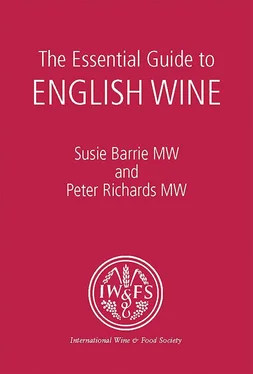
 International Wine & Food Society
International Wine & Food Society

